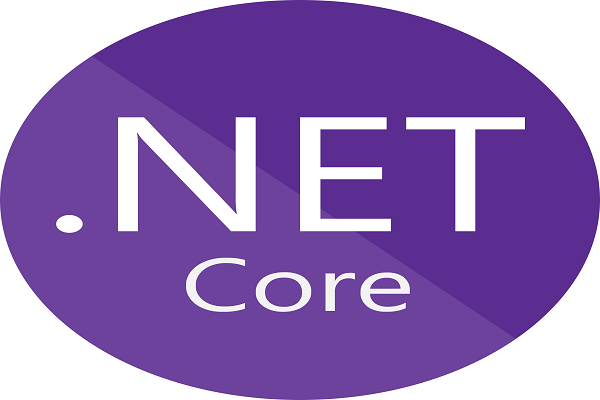What can you understand by JIT Compiler? Why does the java application run slow? Can you define what JIT Compiler necessitates? What is the procedure compiled of? How does the JIT Compiler maintain high performance?
The Microsoft .NET Framework creates desktop apps and ASP.NET applications that run on the Internet Information Server (IIS). It was the first release of a controlled framework. The .NET Framework is a programming language of computers firstly developed by Microsoft. The Base Class Libraries areRead more
The Microsoft .NET Framework creates desktop apps and ASP.NET applications that run on the Internet Information Server (IIS). It was the first release of a controlled framework.
The .NET Framework is a programming language of computers firstly developed by Microsoft.
The Base Class Libraries are different for each managed framework implementation. Exception handling, strings, XML, I/O, networking, and collections are among the classes in the Base Class Library (BCL).
.NET Standard Definition:
.NET Standard is a formal specification of .NET APIs that are available on multiple .NET implementations.
The BCL is implemented using the .NET Standard, which is a specification. Because this standard requires a .NET implementation, application developers will no longer have to worry about separate versions of the BCL for each managed framework implementation.
WPF, WCF, and ASP.NET are examples of Framework Class Libraries (FCL) that are not part of the BCL and thus not included in the .NET Standard.
The HTML standard and a browser have the same relationship as .NET Standard and a .NET implementation. The second step is to put the first into action.
As a result, in their managed frameworks, the .NET Framework, Xamarin, and.NET Core all use .NET Standard for the BCL. There will be new managed frameworks for .NET as the computing industry releases new hardware and operating systems. This standard ensures that application developers access a standardised set of APIs.
There is a version of the .NET Standard for each .NET version.
Porting programmes to various managed implementations and providing tooling is made easier by offering standard APIs.
Because all .NET implementations are required to support it, .NET Standard is defined as a single NuGet package. Because the tools use the same set of APIs for each iteration, tooling becomes easier. You can also create a single library project that multiple .NET implementations can use.
For platform-specific APIs, you can also write .NET Standard wrappers.
See less

JIT Compiler Definition: The JIT compiler is a runtime environment component that boosts JavaTM program performance by converting bytecode to native machine code at runtime. Platform-neutral bytecodes are involved in Java classes, which a JVM can stop on a range of computer architectures. The JVM loRead more
JIT Compiler Definition:
The JIT compiler is a runtime environment component that boosts JavaTM program performance by converting bytecode to native machine code at runtime.
Platform-neutral bytecodes are involved in Java classes, which a JVM can stop on a range of computer architectures. The JVM loads the class file assessment at runtime assesses each bytecode’s semantics and performs the required computations.
A Java application runs slower than a native application due to the increased CPU and memory usage during interpretation. By translating bytecodes into native machine code at runtime, the JIT compiler aids in the performance of Java programs.
By default, the JIT compiler is on. When a method is compiled, the JVM directly calls the compiled code of that function instead of interpreting it. Compiling every method may theoretically allow the Java program’s speed to approach that of a native application if compilation did not want processing time or memory usage.
JIT compilation necessitates the use of both the processor and memory. Thousands of methods are invoked when the JVM first starts up. Even if the software eventually achieves extremely good peak performance, compiling all of these functions might greatly impact start-up time.
The first time a method is invoked, it is not compiled. The JVM keeps track of each method’s invocation count, starting at a specified compilation threshold and decreasing with each call. A just-in-time compilation for the method is triggered when the number of invocations hits zero.
As a result, frequently used methods are compiled immediately after the JVM starts, but less frequently used methods are produced considerably later, if at all. The JIT compilation threshold enables the JVM to start rapidly while maintaining high performance. The threshold was chosen to achieve the best possible start-up times and long-term performance balance.
Different techniques can be used to recompile a method to a higher level of optimization. Sampling is one of these mechanisms: the JIT compiler runs a specialized sampling thread that wakes up on a regular basis to detect which Java methods appear at the top of the stack more frequently. Such methods are thought to be more crucial for performance and thus are candidates for re-optimization at the hot, very hot, or scorching levels.
A procedure can be compiled at multiple optimization levels with the JIT compiler: cold, warm, hot, veryHot, or scorching. Larger optimization levels are supposed to deliver improved speed, but they also come with a higher CPU and memory compilation cost. A method’s initial or default optimization level is warm, but JIT heuristics may lower it to cold to improve start up time.
See less